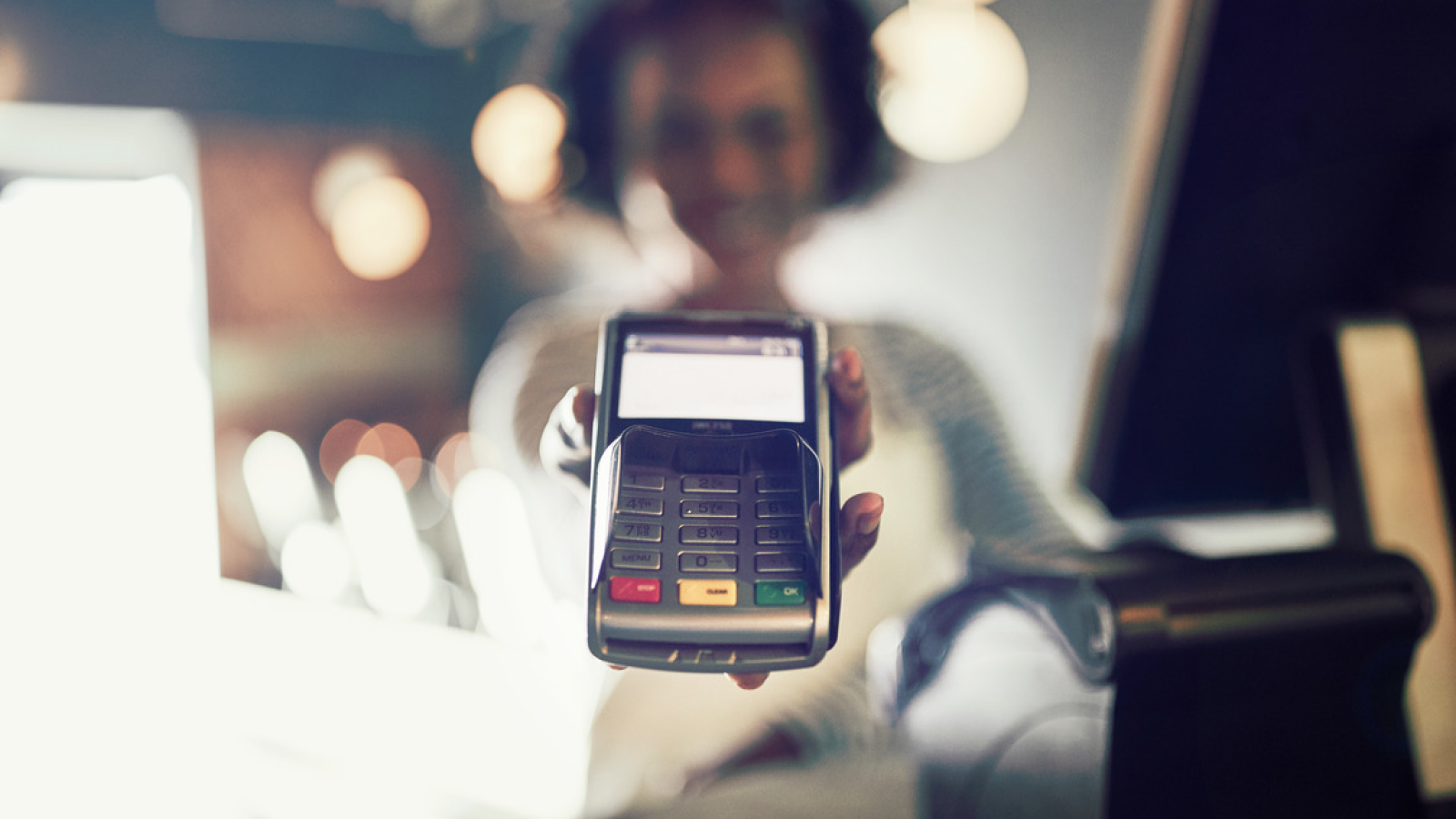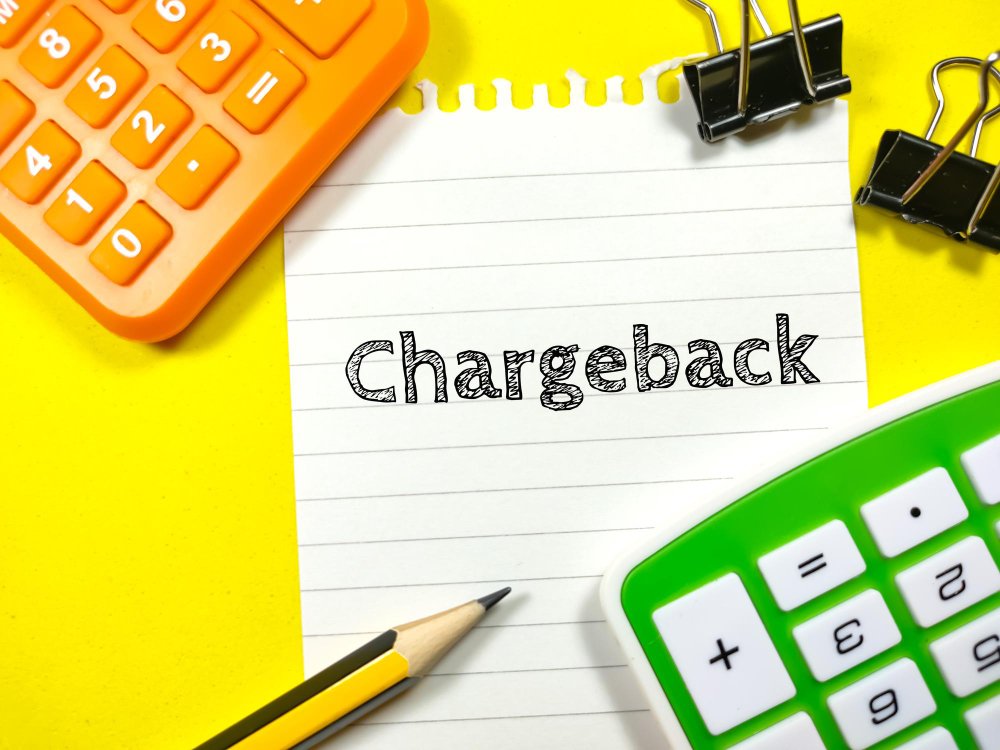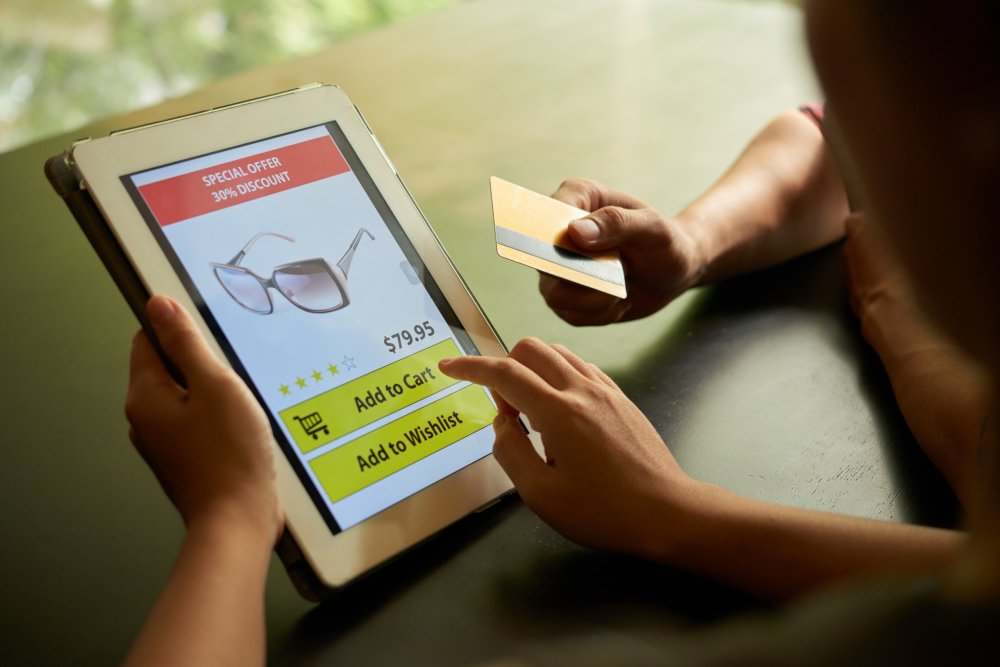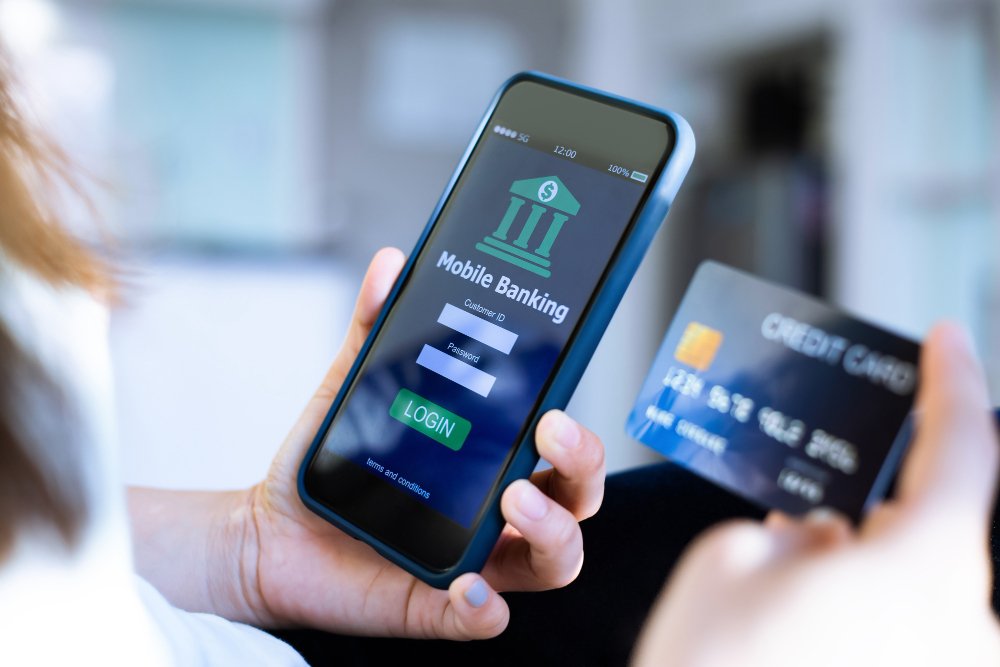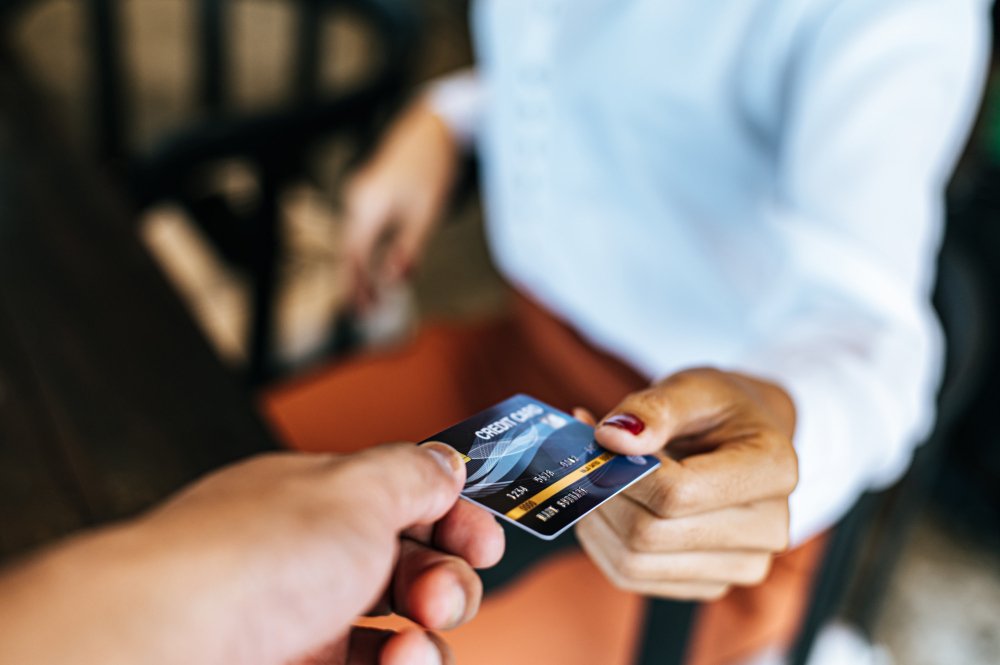Merchant Payment Processing: A comprehensive Guide for Your Growing Business
When a buyer pays for commodities, goods, or services in forms other than cash, the concept of payment processing begins. If you’re interested to know what does processing mean and how it creates ‘pending’ money, read our article to find out.
What is payment processing?
Payment processing is a sequence of actions in a process, which is technologically performed to take money from an account of a payer and transfer it to an account of a merchant.
What does merchant mean? A merchant is a seller of commodities, goods, and/or services, who makes business by buying, mining, manufacturing, or creating otherwise any items, tangible or not, which are then sold to buyers for profit. Such items can be commodities, goods, or services, as well as their combination. A merchant is a natural person or a business entity, which is registered as a merchant in the system of financial transactions and, given the applicable legislative and tax regulations of the country where they work, can be or can be not formally registered as a business entity for the sake of taxation, reporting, governmental control, and for other reasons.
Typically, when a business entity accepts as a means of payment anything but cash, they cooperate with banks or other financial/payment organizations to open a merchant account and acquire a technological possibility to accept payments via bank cards, e-wallets, virtual money, cryptocurrency, vouchers, prepaid cards, gift cards, direct debits, or other means of payment legally allowed in their particular jurisdiction. This technological possibility is a combination of software and hardware that they use in their points of sales, online or offline.
Typically, a business entity (also frequently referred to as the seller, merchant, provider, store, etc.) has two accounts:
- A bank account (or its legal equivalent), where the money from all the items they sell goes.
- A merchant account in a system of financial transactions processing, where the money is temporarily stored before they land in a bank account after the transaction is successfully verified.
Depending on the particular legislation of a merchant, the money from the merchant account might go only to their bank account after the clearance happens or could be used in one or few alternative ways — for instance, to pay for other commodities, goods, or services, which a merchant might want to acquire thanks to the available positive balance on the merchant account. To make it clearer, here is an example.
A merchant sells goods through Shopify. There, he has 5,000 dollars accumulated thanks to the buyers who pay him for those goods. The merchant then uses this money to buy a paid plugin from the Shopify store to add it to his website. Or pays for running his Shopify account. Or buys something from other Shopify sellers. That is possible only if the legislation of this merchant’s country allows that. Otherwise, all the money periodically goes to their bank account.
How the payment processing happens
When a buyer pays for something using their bank card, account, e-wallet, or other means, where no physical cash is present, that money is not directly credited onto the seller’s account. At least, not always. Yes, some particular payment methods do the direct transaction in real-time — like e-wallets if both the seller’s and the buyer’s accounts that are enacted during the transaction are within that same wallet. Then this e-wallet debits the money from the buyer and credits it onto the seller’s account. But usually, accounts of both are in different places and organizations. The simplest way to understand that is to imagine the following situation: a buyer from Canada pays for a burger in Burger King in the US. Here, the Canadian buyer’s card is attached to an account opened in a Canadian bank and the Burger King outlet’s account is opened in an American bank.
Making a long story short, the paid money is withheld in the account of a buyer and marked as unavailable for further use although still being physically present on the account before the reconciliation procedure of financial settlements finishes. As for the time being, after a card was tapped at the bank’s POS terminal in Burger King, the transaction was approved to allow the seller to actually sell that burger to a buyer. But the money also didn’t come yet to the seller’s account. This is called the processed pending payment.
What does processed pending payment mean?
Here, we come to the point of answering the question, what does processed pending payment mean. So, the financial transaction is approved and the burger is sold. But the money is still physically in the buyer’s account. Although, it is marked as ‘pending’, which makes it literally unavailable for use by that buyer.
In one to three days, the banks of a payer and of a merchant send one another special technical messages, which contain the payment order to physically withdraw the pending money from the account of a buyer and transfer it to the account of the seller. The money is transferred thanks to an inter-bank global payment network, which is created and controlled by the central banks of countries and by international payment card organizations, such as Visa or MasterCard. This messaging is called ‘clearance’ or ‘reconciliation’ and marks the real transfer of money among the accounts globally on the planet. This might take from a day to several, usually, 3 or 5 — each country has its own clearance terms. Sometimes, it can take as long as 90 calendar days — but it is usually that long only for disputed, reversing, or canceled transactions, which require more time to complete. The same, by the way, happens when foreign exchange is involved (well, maybe, somewhat faster). But in more than 90% of all cases, given the same currency of a payer’s account and of a receiver’s account and if the transaction is domestic, not international, and as straightforward as simply selling an item, the clearance happens within 24 hours.
Conclusion on the payment processing and pending money
There are a lot more details connected to the procedure of making a payment and the involved parties but we did not show them in this article (covering those details in other blog posts), just to explain to you what the pending money on an account is.
